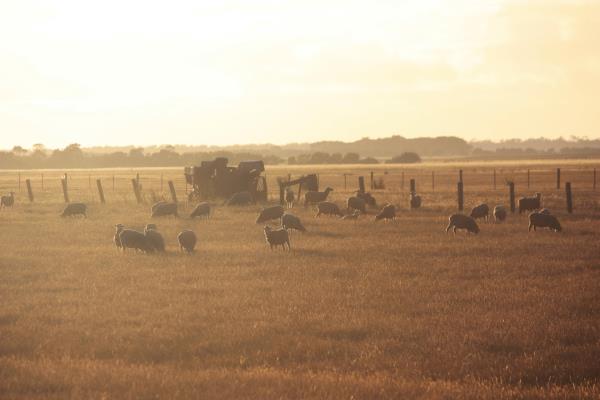By DR JEFF CAVE, DISTRICT VETERINARY OFFICER
WE ARE at the height of our summer and heat stress in livestock can become a major issue both for production levels and animal welfare.
The ideal temperature range for cattle is between 5C and 25C, and for adult pigs just 18C to 20C.
Highly productive livestock, such as dairy cows, are the animals that are most sensitive to heat stress.
Poultry have been known to perish due to heat stress on very hot days.
As temperatures rise, livestock need to divert energy away from their ‘normal’ productive functions, to try to keep themselves cool.
This is done via heat loss through their skin surface and respiratory tract.
Feed intake is also reduced and a decrease in milk production may also be observed.
Additionally, humidity plays a significant role in heat stress.
For any given temperature, the degree of heat stress increases as the relative humidity increases.
Heat-stressed livestock will seek out shade, drink more, eat less, stand rather than lay, pant, produce less milk and be less fertile.
Deaths can occur due to heat stroke on very hot days.
On hot days, livestock must be given access to shade and good quality, cool drinking water.
Yarding and moving livestock should be done in the mornings avoiding the hottest part of the day.
High quality feed should be given during the evening when it is cooler and livestock are likely to have better feed intakes.
Fire plans may need to be enacted on such days.
Heat stress can have significant negative impacts on production and animal welfare but, by making some minor management changes and taking a little extra care of livestock in hot weather, the effects of heat stress can be substantially reduced.
For further information contact a local veterinarian or local veterinary or animal health officer.







